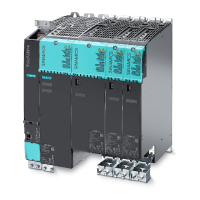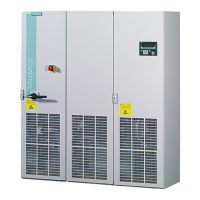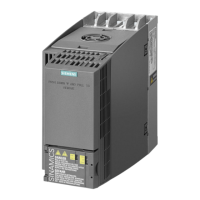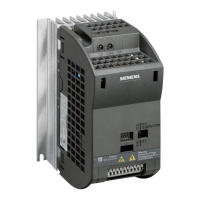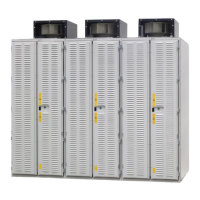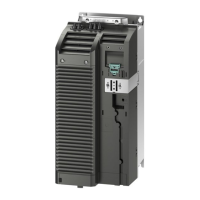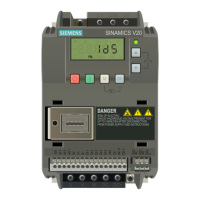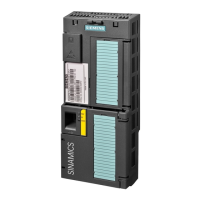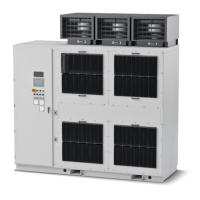Fundamental Principles and System Description
Engineering Information
SINAMICS Engineering Manual – November 2015
Ó Siemens AG
81/528
The following diagrams show the typical harmonic currents I
h
and harmonic voltages V
h
associated with the Active
Infeed. The fundamental frequencies I
1
and V
1
, which equal 100 % in each case, are masked out.
Spectral representation of typical harmonic currents I
h
in the line current of the Active Infeed
(specified in % referred to the rated current of the Active Infeed)
I
Spectral representation of typical harmonic voltages V
h
in the line voltage of the Active Infeed
(specified in % referred to the rated voltage of the Active Infeed)
In contrast to 6-pulse and 12-pulse rectifier circuits, the harmonics associated with the Active Infeed are both even
and odd. The extent to which harmonics are dependent on supply system conditions is relatively small which means
that the harmonic spectra in the diagrams can be regarded as representative of all typical supply conditions. The
majority of current and voltage harmonics is typically significantly lower than 1 % of rated current or rated voltage with
the Active Infeed. Please note that the scale of representation is different to the scale used for the harmonic spectra
of the 6-pulse and 12-pulse rectifier circuits discussed above.
The total distortion factors of current THD(I) and voltage THD(V) are given in the following table and demonstrate
only a slight dependence on supply system conditions.
Total distortion factor current
THD(I)
Total distortion factor voltage
THD(V)
Supply system with high relative short-
circuit power (RSC >> 50):
"Strong supply system"
< 4.1 % < 1.8 %
Supply system with average relative short-
circuit power (RSC = 50)
< 3.0 % < 2.1 %
Supply system with low relative short-
power (RSC = 15)
"Weak supply system"
< 2.6 % < 2.3 %
Total distortion factors THD(I) and THD(V) with Active Infeed as a function of the system short-circuit power
When self-commutated IGBT Infeeds (S150, S120 Active Line Modules) are used, the system complies with the limit
values stipulated in standard IEEE 519 (Recommended Practices and Requirements for Harmonic Control in
Electrical Power Systems).
Harmonic number h
Harmonic number h
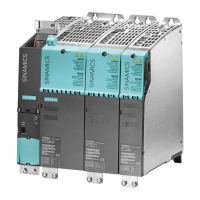
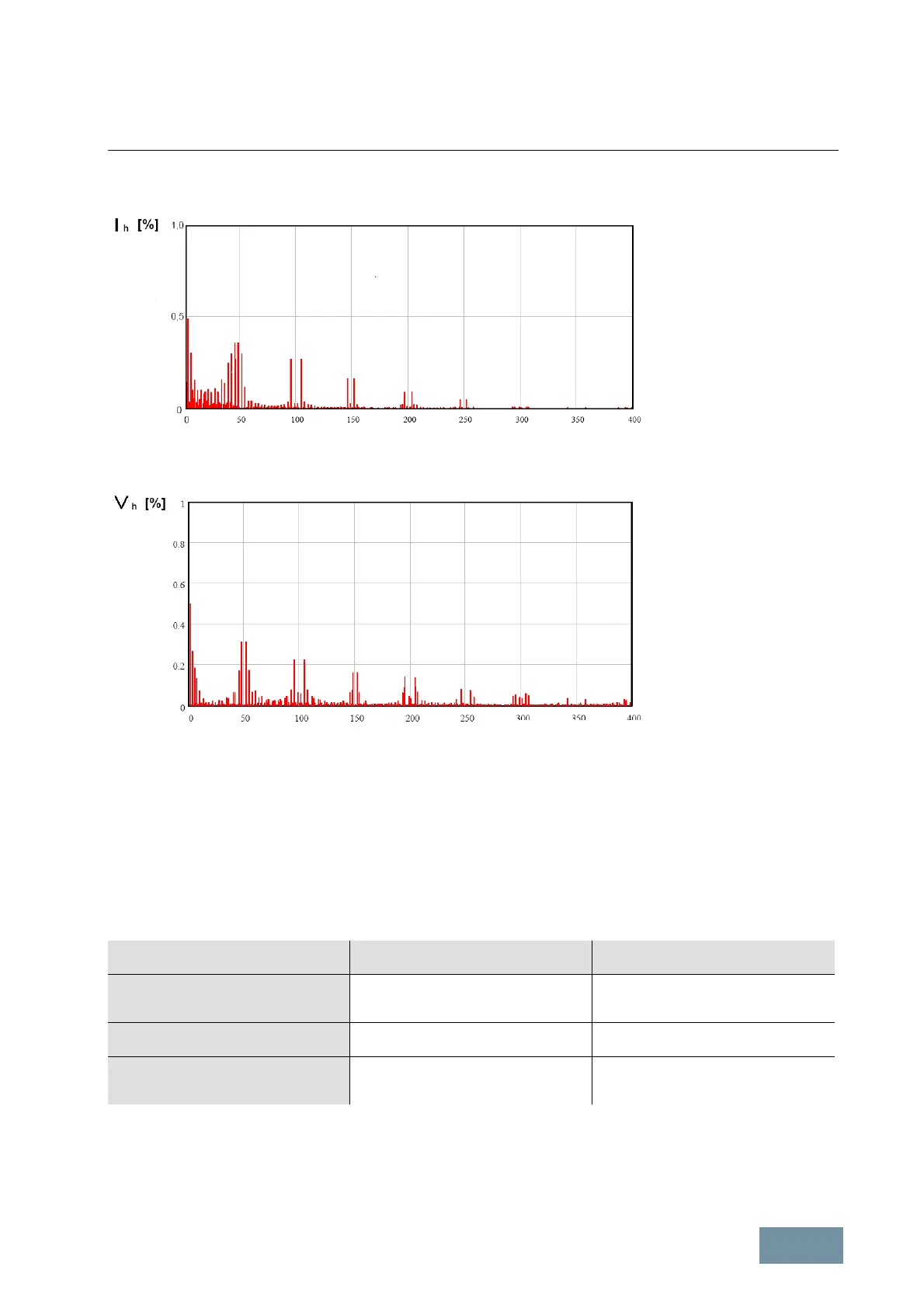